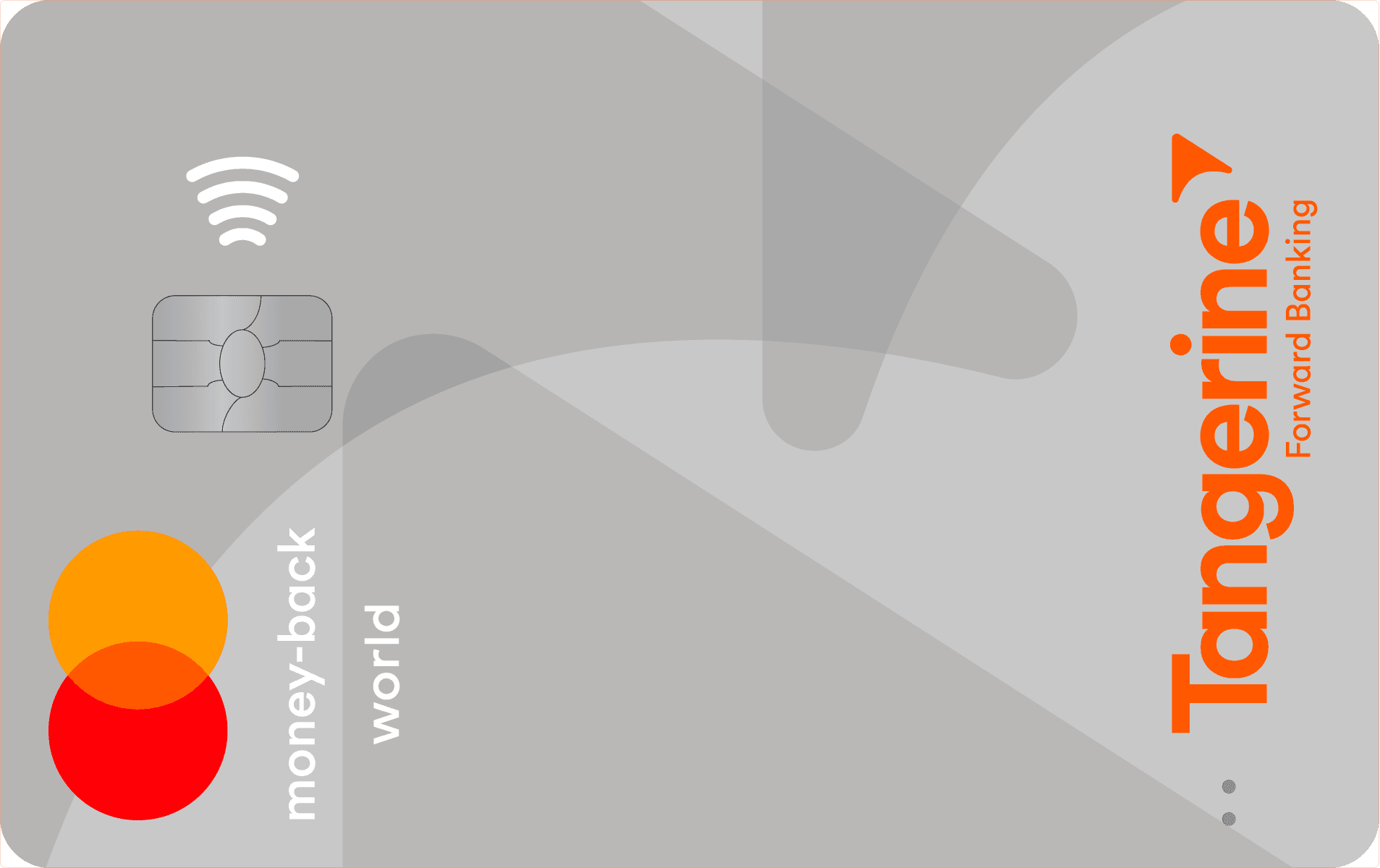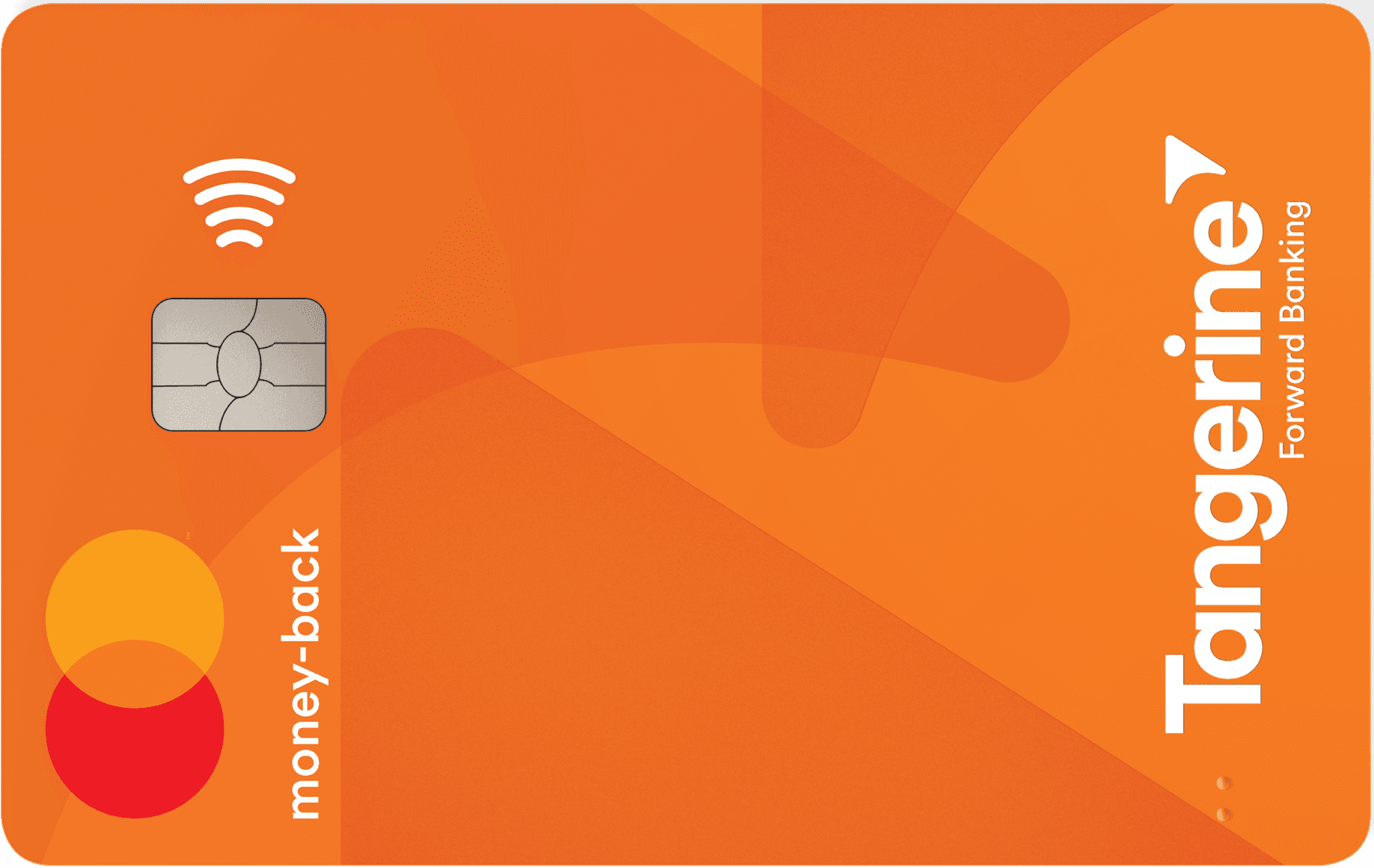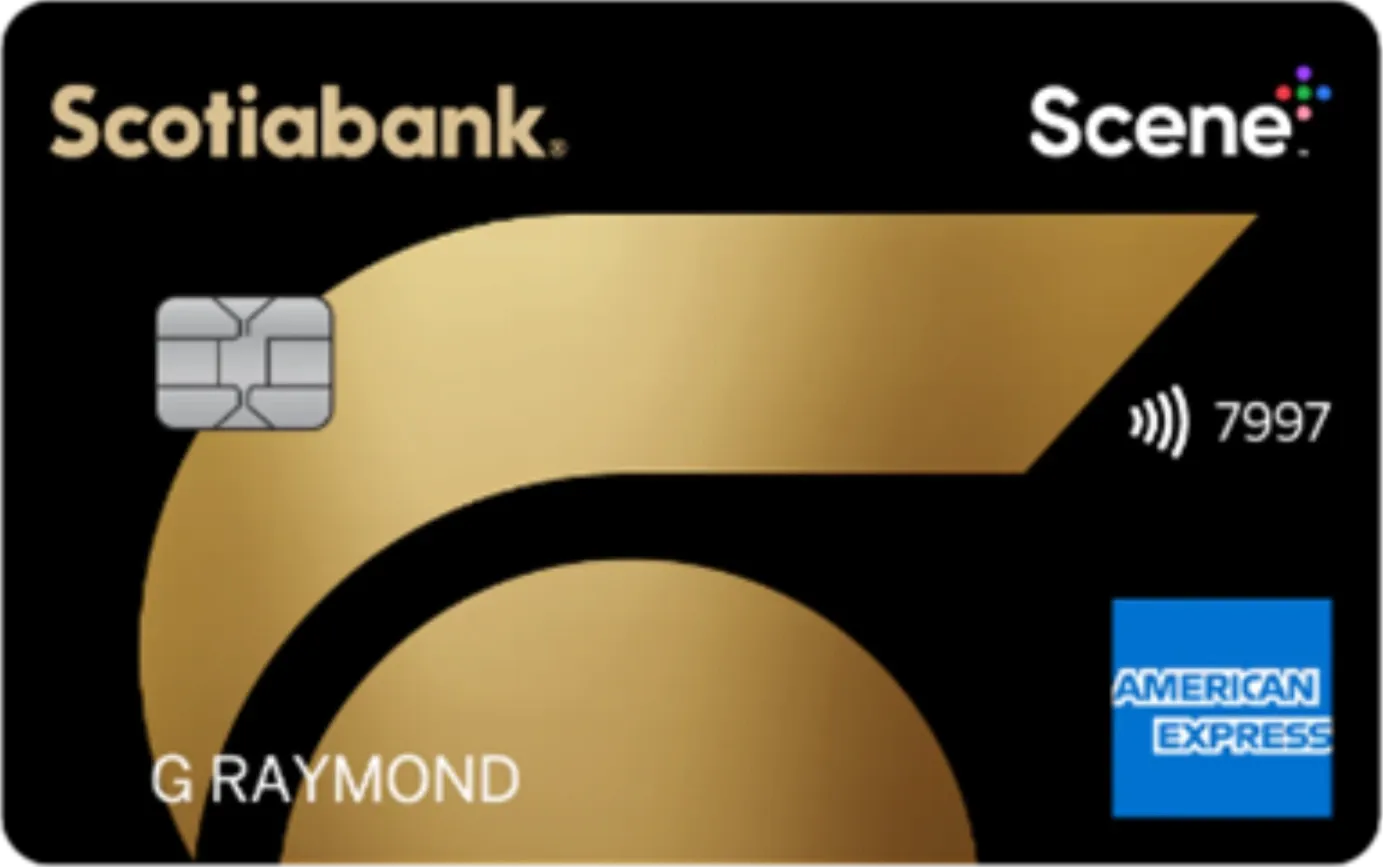Working hard in the background...
Banks vs Credit Unions in Canada
Published Nov 24, 2025 1:55 PM
Similar to the kind of breakfast cereal you pour and the type of car you drive, you have choices when it comes to managing your money. You can choose from national banks with branches across the country or local credit unions. While both options offer similar products like chequing and savings accounts as well as loans and mortgages, they actually operate differently behind the scenes.
One has the intention of maximizing profits for shareholders. The other puts its members and community values first. These differences, in turn, shape everything from interest rates and fees to the protection your money has.
In this guide, we’ll review each type of financial institution and outline the difference between banks and credit unions. We’ll also look at the pros and cons of each avenue to help you decide which one is the better fit for you.
What Are Banks in Canada?
Banks operate as for-profit corporations with the goal of generating returns for their shareholders. In Canada, the “Big Six” banks dominate the industry. RBC, TD, Scotiabank, BMO, CIBC and National Bank comprise the group, and together, they hold over 93% of the country’s banking assets. This makes Canada’s financial system highly concentrated.
While banks operate on a national scale, their size means there is less flexibility in terms of community-based initiatives and personalized rates. This comes with the advantage of more developed online platforms, investment products, and global access. Credit unions may not be able to match the depth of service and investment options.
What Are Canadian Credit Unions?
Though they might seem similar to a bank, credit unions are different in that they are not-for-profit financial cooperatives. Their goal is to serve their members rather than shareholders. This means that when you open an account through a credit union, you’re not just a customer, but a partial owner. This structure changes everything about how the institution operates.
Instead of distributing profits to investors, credit unions give these earnings back to their members in the form of lower borrowing rates and higher interest on savings deposits. It may also mean providing member dividends.
Another difference between credit unions and banks is that the former also tends to focus more on community involvement. This often takes the form of supporting local charities and small businesses, but it can also mean spearheading financial education initiatives. The downside is that a more personalized and community approach does translate into a smaller network with fewer ATMs in comparison to the major banks. But, many credit unions are part of a shared ATM alliance, like the Exchange Network, which allows members to withdraw cash at certain ATMs nationwide for no additional cost.
Key Differences Between Banks and Credit Unions
The two financial institutions may seem similar at first glance, as they both allow you to open chequing and savings accounts as well as apply for mortgages and lines of credit. But there are distinct differences between the two, ranging from their ownership structure to how they serve their customers.
Feature | Banks | Credit Unions |
|---|---|---|
Ownership | Shareholders | Members (customers) |
Management | Board of directors | Members who vote on decisions |
Profit Model | For-profit (earnings get returned to shareholders) | Not-for-profit (earnings are reinvested or returned to members) |
Regulation | Federally regulated under the Bank Act by the Office of the Superintendent of Financial Institutions (OSFI) | Most are provincially regulated |
Deposit Protection | Covered by the Canada Deposit Insurance Corporation (CDIC) up to $100,000 per insured category per member institution | Protected by provincial insurance with limits that vary depending on the province |
Rates & Fees | Higher service fees and lower deposit rates | Lower loan rates and higher savings interest (profits return to members) |
Accessibility | National presence with larger branch and ATM networks | Smaller, yet growing digital access. Shared networks help to extend reach |
Technology | Advanced digital platforms, global access, and integrated financial services | Online banking is not always as advanced as large banks |
Community Focus | National (or international) focus | Strong local involvement and community reinvestment |
Deposit Protection: CDIC vs. Provincial Insurance
In Canada, both banks and credit unions have deposit protection, just under different systems.
The banks fall under federal regulation with oversight from the Office of the Superintendent of Financial Institutions (OSFI), which ensures each bank maintains adequate capital and liquidity. Deposits at Canadian banks have up to $100,000 in insurance per category, per institution from the Canadian Deposit Insurance Corporation (CDIC).
Most (but not all) Canadian credit unions are provincially regulated rather than federally. In practice, this means that their rules and insurance coverage can vary slightly from province to province. For example, the Credit Union Deposit Guarantee Corporation in British Columbia offers unlimited deposit protection. This is a notable difference from the CDIC’s $100,000 limit that applies to Canadian banks.
Both systems share the same goal of maintaining public trust and financial stability. For more information, check out our guide to CDIC insurance in Canada.
Pros and Cons of Banks in Canada
The “Big Six” banks offer an unmatched level of coverage, but that size comes with a trade-off.
Pros of keeping your money at a bank:
- Thousands of branches and ATMs across the country (if you travel frequently, you’ll have access to in-person support almost anywhere in the country)
- Advanced digital platforms integrating online and mobile platforms
- Global access for those living or traveling abroad
- Broad range of investments including banking, mortgages, credit, investments, business banking and wealth management
Cons of banking with a major bank:
- Higher fees and loan rates compared to credit unions
- Less personalized service due to system automation and corporate policy
Pros and Cons of Credit Unions in Canada
Since credit unions operate by prioritizing members, not shareholders, they exist to serve communities and return profits to their members. While this model has advantages for members, it also comes with limitations.
Pros of using a credit union:
- Lower fees and better rates for members, which, over time, can have a meaningful impact on your finances
- Personalized community-focused service where staff often know their members personally and decisions occur locally rather than being centralized at the corporate level
- Local reinvestment back into the community through sponsorships, small-business loans and charitable initiatives
Cons of keeping your money at a credit union:
- Fewer branches outside local areas, limiting network reach. Some credit unions belong to a shared network, though the availability will vary by region.
- Limitations in mobile app functionality and global payment integrations
- Provincial, rather than federal regulation, which means rules differ from one province to the next. This doesn’t make them unsafe though. It simply means their rules are not uniform across the country.
How to Choose Between a Bank and a Credit Union
Is a credit union or a bank better? In Canada, they are both safe, insured and regulated. But they serve different priorities, so the answer ultimately depends on which concept you value most.
Banks are ideal for people who want broad access, global reach, and full-service convenience. Credit unions are better suited for those who value personalized service, community engagement, and competitive rates. For some Canadians, big-bank reliability wins. For others, local service and lower costs make credit unions a better fit.
If you’re deciding between the two, think about what matters most to you. Is it convenience? Or community? Scale? Or service? There isn’t a universal “best” choice, just the one that best suits your financial goals.
Frequently Asked Questions
In Canada, both credit unions and banks are safe. Bank deposits have insurance on qualified deposits from the CDIC, while credit unions have protection from provincial deposit insurance.
Often, yes. Credit unions return profits to their members through lower loan rates and higher savings interest. Banks, on the other hand, tend to prioritize profits for shareholders, not members.
No. Credit unions have provincial insurance, not federal. The exception is if they are a federally chartered credit union, then they will have coverage through the CDIC.
Some larger credit unions belong to shared branch networks and Interac ATM alliances. But the general rule of thumb is that access is more limited than with major banks.
Trending Offers

MBNA Rewards World Elite® Mastercard®

Tangerine® Money-Back World Mastercard®*

Tangerine Money-Back Mastercard

Scotiabank Gold American Express® Card
What's on this Page
About the author

Lauren Brown
Editor
Lauren is a freelance copywriter with over a decade of experience in wealth management and financial planning. She has a Bachelor of Business Administration degree in finance and is a CFA charterholde...
SEE FULL BIOAbout the editor

Sara Skodak
Lead Writer
Since graduating from the University of Western Ontario, Sara has built a diverse writing portfolio, covering topics in the travel, business, and wellness sectors. As a self-started freelance content ...
SEE FULL BIOAbout the reviewer

Kevin Shahnazari
Credit Card Expert
Kevin started FinlyWealth and juggles a bit of everything—digging into data, running our marketing, and keeping the finances on track. Before this, he spent years as a data scientist at tech companies...
SEE FULL BIO